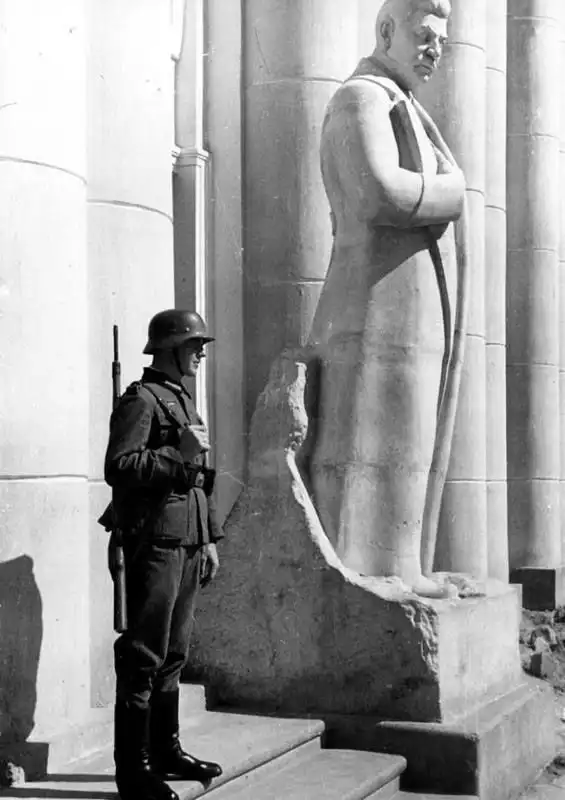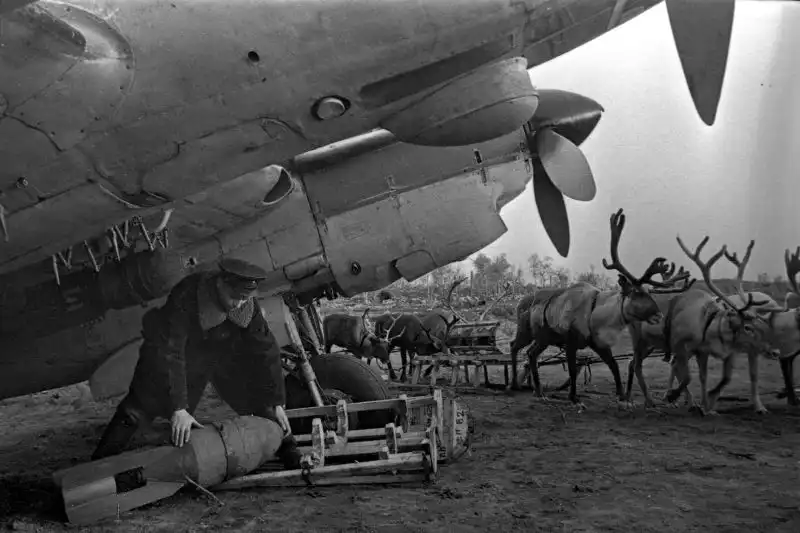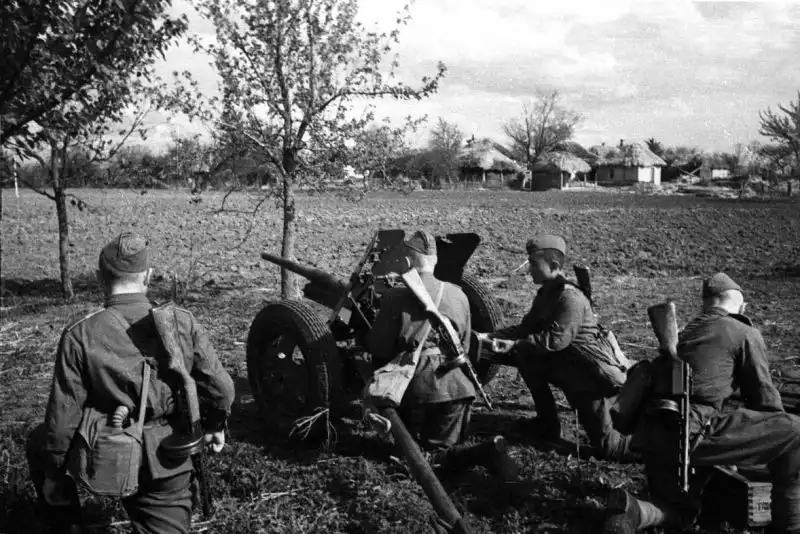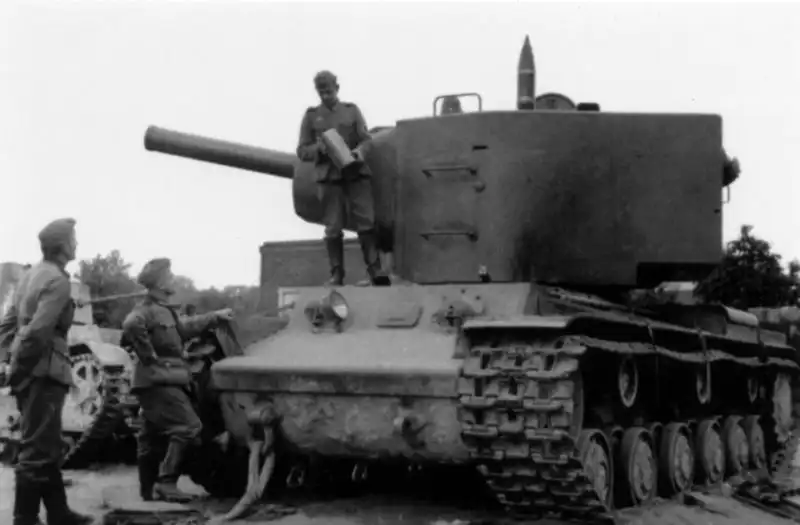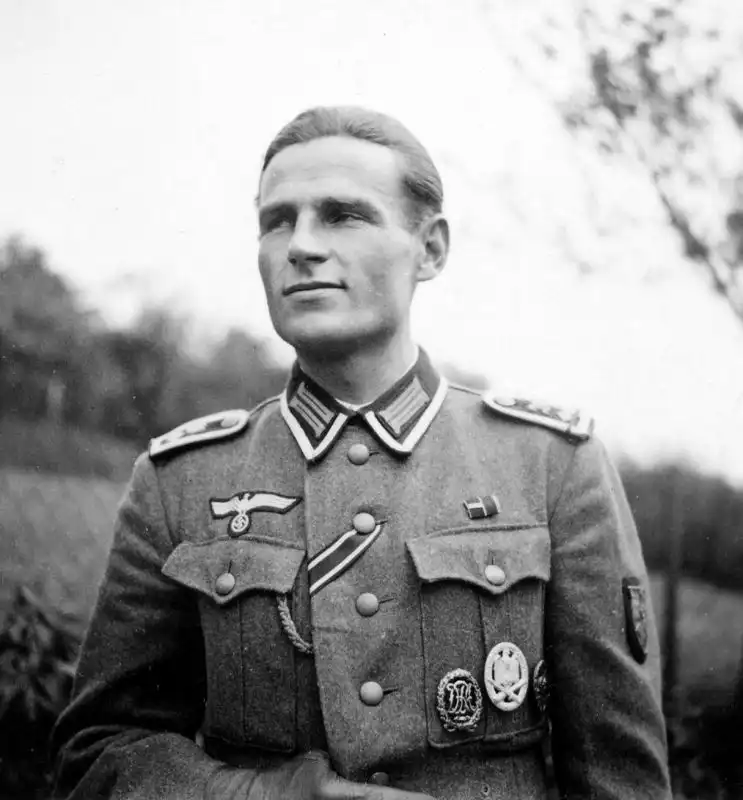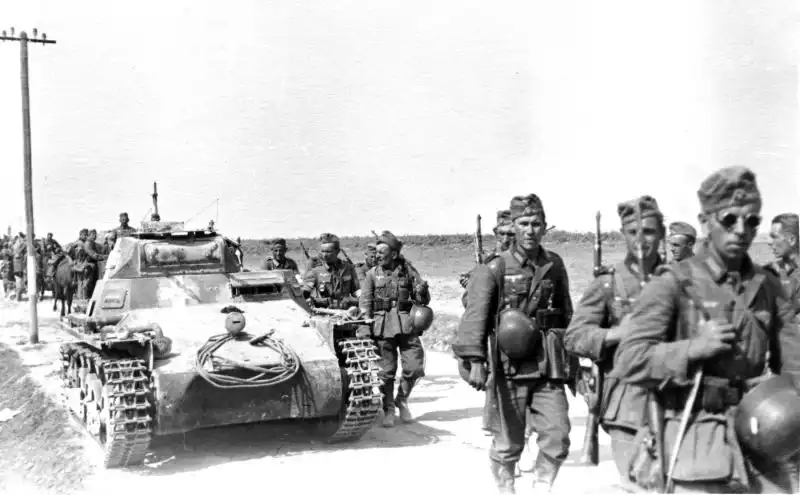Blown Apart: Soviet T-34 Tank Destroyed by Massive Explosion, 1942
June 27, 2025 - Reading time: 4 minutes
Soviet T-34-76 tank #323, likely destroyed by a heavy mine or aerial bomb. Frontal armor completely breached, showing the devastating effects of explosive force during WWII.
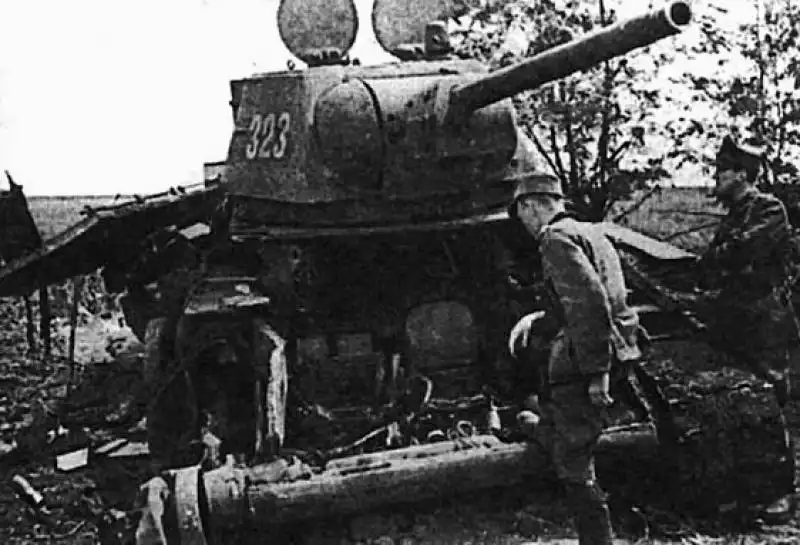
USSR, 1942.
What once was one of the most feared armored vehicles of the Eastern Front now lies gutted — a shell of steel, torn apart by raw explosive force. The Soviet T-34-76, tank number 323, shows catastrophic frontal damage. The entire glacis plate has been ripped away, exposing the tank’s hollow interior like a peeled tin can.
This level of destruction suggests two likely causes: either the tank hit a powerful landmine, or it was subjected to a very close aerial bomb detonation — possibly a German SC 250 or SC 500. Another theory, entertained by some historians, is that this particular tank had already been captured by German forces and was used in tests to study blast effects on enemy armor.
The T-34, with its sloped armor, wide tracks, and 76.2 mm gun, was revolutionary when it first appeared. But even revolutionary tanks were not immune to the brutal physics of war — especially when explosives with hundreds of kilograms of TNT were involved.
This image is as much about technology as it is about fragility. No matter how advanced, every weapon system has a breaking point. And in this case, it was reached — violently.
📷 Technical photo data:
📸 Photographer: Unknown (German war archive)
📅 Date: 1942
📍 Location: Soviet Union
-
"Soviet T-34 tank destroyed WWII photos"
-
"explosive blast T-34 Eastern Front 1942"
-
"Soviet tank wreckage WWII photos"
Category
Search
Categories
- Unidentified WWII Photos (12)
- World War II Photos 1937 (1)
- World War II Photos 1938 (1)
- World War II Photos 1939 (3)
- World War II Photos 1940 (5)
- World War II Photos 1941 (95)
- World War II Photos 1942 (54)
- World War II Photos 1943 (48)
- World War II Photos 1944 (76)
- World War II Photos 1945 (40)
- WWII and Postwar Photos 1946 (1)
